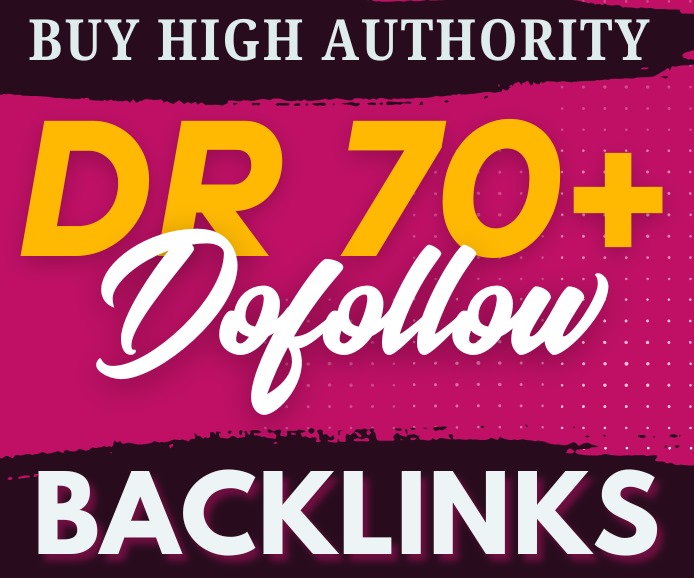In today’s digital world, your website is your first impression. Whether you’re running a business, a personal blog, or an e-commerce store, web design plays a huge role in how users perceive you. But web design isn’t just about pretty colors and cool fonts—it’s about usability, performance, mobile responsiveness, and conversions. In this article, we’ll break down everything you need to know about web design, from the basics to advanced tips that help your site stand out and rank high in search engines.
What Is Web Design?
Web design is the process of planning, conceptualizing, and arranging content intended for the internet. It goes beyond aesthetics and includes the website’s structure, user interface, navigation, functionality, and overall user experience.
Why Web Design Matters More Than Ever
A great web design can keep users engaged, reduce bounce rates, and drive conversions. Poor design, on the other hand, pushes visitors away—even if your content is amazing.
Web Design vs. Web Development
Many people confuse web design with web development. While web design focuses on the look and feel of a site, web development is all about making it work. Designers create the visuals, developers bring them to life with code.
The Key Principles of Effective Web Design
Good web design follows certain principles: simplicity, consistency, visual hierarchy, navigability, mobile-friendliness, and fast load times. When combined, these create a pleasant user experience that guides visitors naturally.
The Importance of User Experience (UX) in Web Design
User Experience design ensures that your visitors can find what they need without confusion. This involves clear navigation, intuitive layouts, and accessible content.
How Web Design Affects SEO
Google cares about user experience, which means your web design can impact your rankings. Mobile responsiveness, page speed, clean structure, and logical layout all contribute to SEO.
Responsive Web Design: A Must in 2025
With most users browsing from phones and tablets, responsive web design ensures your site looks and functions perfectly across all screen sizes. It’s no longer optional—it’s a necessity.
Web Design Trends in 2025
Staying on top of trends is crucial. In 2025, web design is all about minimalism, dark mode, micro-interactions, 3D visuals, bold typography, and fast-loading lightweight pages.
Color Psychology in Web Design
Colors affect how visitors feel and behave. For instance, blue creates trust, red drives urgency, and green symbolizes growth. Choose your color palette carefully to influence user behavior.
Typography That Enhances User Experience
Fonts matter more than you think. Clean, readable typography improves user experience and helps users navigate content easily. Use a maximum of 2-3 fonts across your design.
Using White Space Like a Pro
White space (or negative space) gives your content room to breathe. It prevents clutter and draws attention to important elements like CTAs, headings, or visuals.
Images and Visual Elements in Web Design
High-quality images make a huge difference. Use professional photography, custom illustrations, or branded graphics to build trust and visual appeal.
Calls to Action (CTAs) That Convert
A powerful CTA tells your visitor exactly what to do next—“Buy Now,” “Get a Free Quote,” or “Contact Us.” Make sure they stand out visually and are placed strategically throughout your site.
Website Navigation: Simplicity Is Key
A well-structured navigation menu improves usability. Use clear, simple labels and keep the number of menu items minimal to avoid overwhelming your visitors.
Loading Speed and Performance Optimization
Fast websites keep users happy. Optimize images, enable caching, use a good hosting service, and minimize code to improve site speed.
Mobile-First Design Strategy
Start designing for mobile and scale up to desktop. This ensures a smooth experience for the majority of users and helps you comply with Google’s mobile-first indexing.
How to Choose the Right Web Design Platform
From WordPress to Wix and Shopify, choose a platform based on your goals. WordPress is flexible, Shopify is great for e-commerce, and Wix is beginner-friendly.
DIY vs. Hiring a Professional Web Designer
If you’re on a tight budget, DIY tools can work. But for a professional, custom experience, hiring an expert ensures your brand looks and feels just right.
The Role of Web Design in Building Brand Identity
Your website is an extension of your brand. Consistent colors, fonts, tone, and layout help build trust and recognition over time.
Web Accessibility: Designing for Everyone
Accessible web design ensures people with disabilities can use your site. Use alt tags for images, proper contrast ratios, and keyboard navigation support.
Web Design Mistakes to Avoid
Avoid these common mistakes: cluttered layout, slow loading, poor navigation, no mobile support, and hidden CTAs. These kill conversions fast.
Integrating Social Proof Into Your Web Design
Testimonials, reviews, logos of past clients, and case studies give new visitors confidence. Place these elements strategically to support your messaging.
Keeping Your Website Design Updated
Trends and tech evolve. If your site looks outdated, visitors may assume your business is too. Regular updates keep your brand fresh and competitive.
The Future of Web Design: AI, VR, and More
The future is exciting. AI tools can now help create websites, VR offers immersive browsing experiences, and voice-activated interfaces are on the rise.
Conclusion
Web design is more than making a site look good—it’s about making it effective. A well-designed site brings in traffic, holds attention, and drives action. In 2025, it’s about mobile-first, lightning-fast, clean, and conversion-focused design. Whether you’re just starting or refreshing your current site, use these tips to make your web design work harder for your goals.
FAQs
1. How long does it take to design a website?
Depending on complexity, a simple site can take 1–2 weeks while a more customized website may take 4–8 weeks.
2. What’s the best platform for web design beginners?
Wix and Squarespace are great for beginners, while WordPress is better if you’re looking for more customization.
3. Is responsive web design important for SEO?
Absolutely. Google prioritizes mobile-first indexing, meaning responsive websites rank better in search results.
4. How often should I update my website design?
It’s recommended to refresh your website every 2–3 years to keep up with trends and technology.
5. Can bad web design hurt my business?
Yes. A poorly designed site can drive visitors away, hurt your SEO rankings, and reduce trust in your brand.




